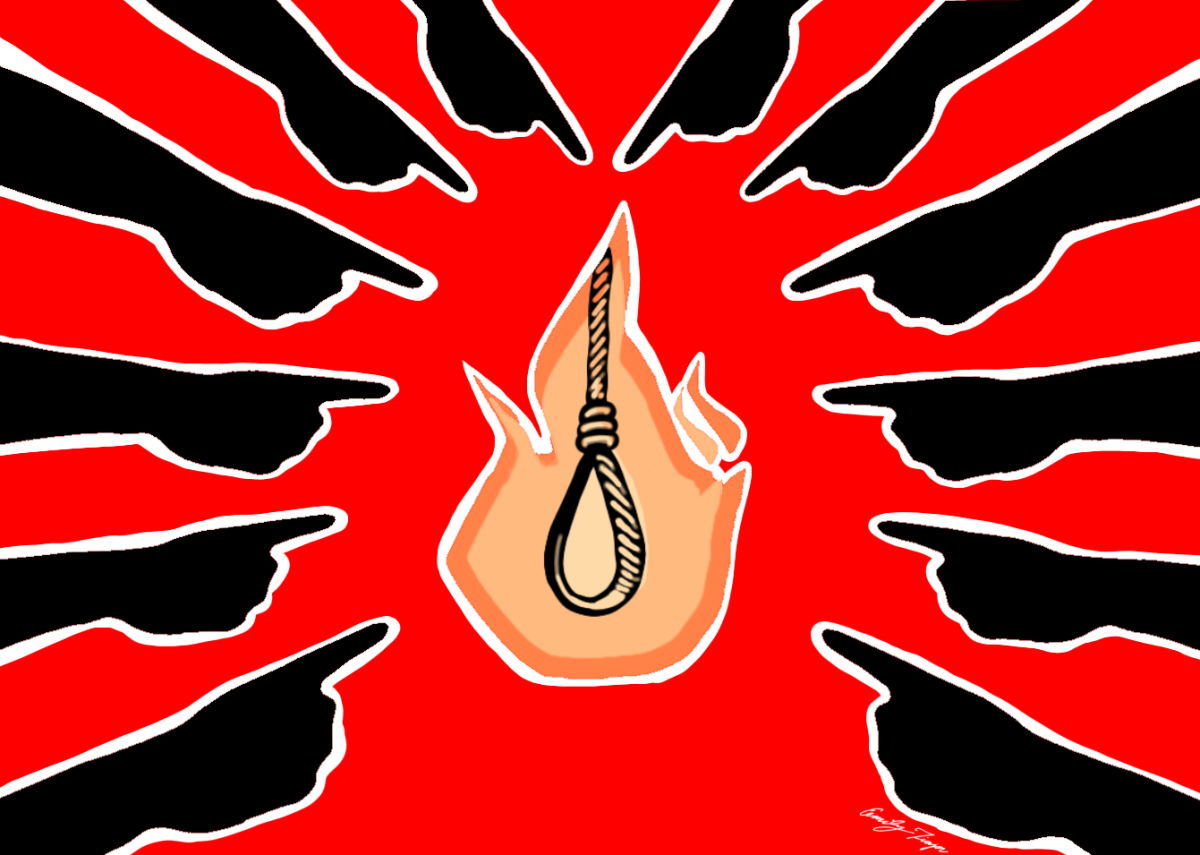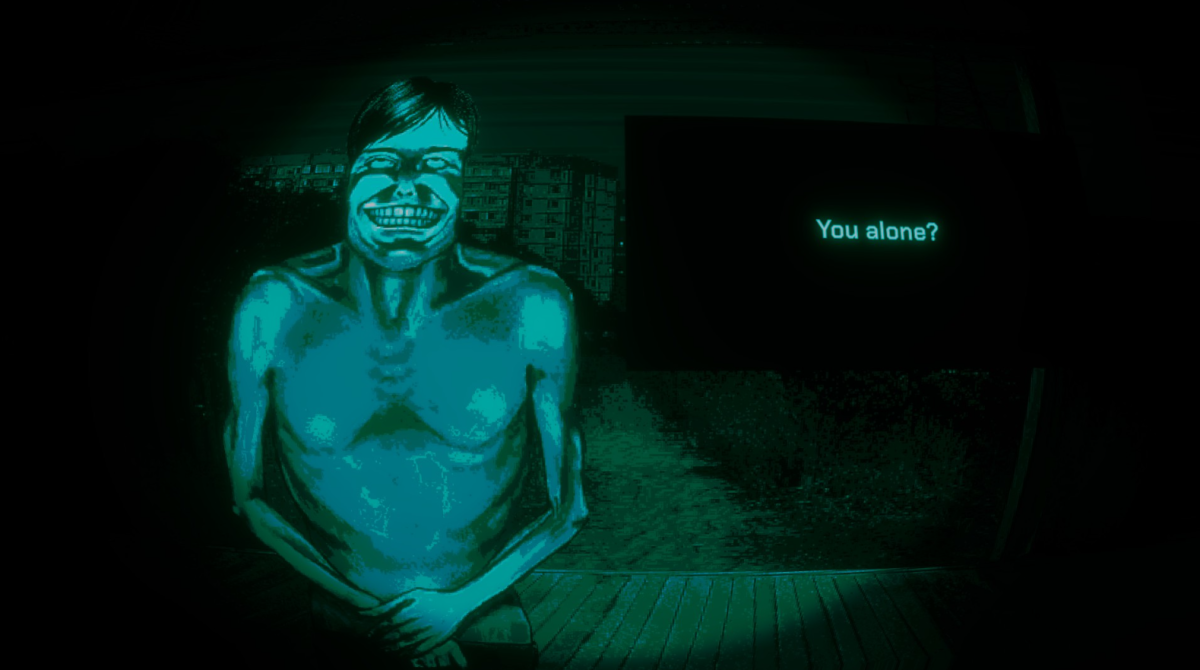On the internet, you can truly be anything you want, even a color. Type any color plus girl into a social media search box, and you will find a whole aesthetic compilation and personality package tied to that tone.
Take the navy girl for example. Navy is designated as a “classy” color, so you are bound to be preppy (and wealthy). You visit the sea quite often (bonus points for Monaco), and you dress in navy Ralph Lauren cashmere. You are sophisticated and well-educated. You embody the color navy.
However, if you prefer purple, you can become a lilac girl. You dress in lilac tones and of course, have the lilac Polaroid to take pictures of your friends when you all picnic. You are defined by your kind and creative personality. You can’t simply like a color, but your whole life must revolve around it.
While identifying yourself with a color may seem silly and extreme, these examples embody the tail end of a quite prominent social movement of the 2020s.
It seems that pandemic-born boredom invited people to wholly reconfigure their lives and their identities. How could we control our own lives in an increasingly hostile and erratic world? Through aestheticizing our lives and making them appear internally peaceful.
It then makes perfect sense that the most prominent early aesthetic trend was the “clean girl.” It encouraged girls to exercise, keep a clean space free of clutter, make good hygiene practices and follow methodical skincare routines. Seems like a good thing, right? Well, not really.
Acne was a sign of failure in this wellness journey. Experimenting with makeup or clothing styles was seen as “too flashy.” Worse, the fact that the foods that you eat were also subjugated to the standard of ‘clean’.
And the biggest offense of all was the fact that many ‘clean girl’ practices were directly appropriated from Black and Brown individuals. Cue slicked-back hair and glossy brown-lined lips. What was once seen as socially unacceptable was now in vogue on a skinny white girl.
For example, an ‘elegance coach’ on social media came under fire for calling the lipstick technique ‘ridiculous’ and not classy, using photos exclusively of women of color. However, Hailey Bieber appropriated the same look, renaming it as ‘brownie glazed lips,’ and received a lot of praise for the technique.
To be part of the current social commentary, you must conform to these standards. If ‘clean girl’ is trending, you will gain much more popularity if you follow the trend cycle and do it well. Be the most aesthetic, and you will win online praise.
The problem is beauty is conveyed through objects, and objects require money. Multiply that with the hundreds of trends that pop up every couple of months, and you are repeatedly spending thousands of dollars to embody this fictionalized identity for a month.
These trends breed hyper-consumerism and fast fashion, as companies with this model can quickly adapt to the current trends. The aesthetic movement is damaging for the environment, for unethically treated workers and even for the consumers themselves.
The whole aesthetic movement is predicated on a desire to form an identity that fits into a rapidly changing, virtual world. As such, we begin to feed into the problematic systems that construct our society.
However, this was not always the case. The prototype of the aesthetic movement was the subculture. These were identity-based discourse groups, like goths or punks, that were often from anti-establishment working-class backgrounds.
Many of their stances and identities were radical in nature, advocating for various political and social changes. These groups would heavily impact the mainstream. An article by The Met titled “Vivienne Westwood (born 1941) and the Post-Modern Legacy of Punk Style” describes Vivienne Westwood, a famous fashion designer who utilized British subculture in her designs and how these styles began to be considered high fashion.
The chair of the Fashion Studies department here at College of Dupage, Nelson Cantada, discussed the history of the subculture and how it has evolved into the aesthetic movement. Cantada teaches a variety of sewing and fashion theory courses within the department, currently including FASHI-1500 Fashions’ History and FASHI-2302 Design Studio: Apparel.
“A subculture has much more cultural significance, it binds a group based on a certain cause, identifying symbol, or a piece of art,” Cantanda said. “Aesthetics is on a much more commercial level, more superficial in nature. There is too much information [on the internet], so it is hard to immerse yourself. But [with the aesthetic movement], it is easy to feel like part of a community with something more accessible.”
The aesthetic movement is available to the average social media user, even without particularly looking for it. But it comes at the cost of diluting its intended purposes. The central purpose of using subculture as a space for community has devolved into simply using visual indicators to display fleeting interests and trends.
As such, the subculture is inherently incompatible with online spaces.
“Aesthetics are heavily social media based,” Cantada said. “That physicality is missing.”
And while people may argue that the internet is a place to form communities, these connections are superficial. And it’s being felt. There have been many internet commentaries regarding the ‘loneliness epidemic’ and many individuals have divulged their feelings of isolation in a digital world.
Rather, subculture groups humanized people who had interests or identities that did not fit into traditional society.
“Subcultures are a safe place for people on the outskirts of society. When out of that group, [certain common fashion indicators] become a visual language,” said Cantada.
This visual language was incredibly important for covertly identifying community members in public. This was especially important for the LGBT community, who faced persecution because of their sexuality. For example, gay men used to incorporate leather adornment into fashion looks as a reclamation of their masculinity. Another example was lesbian women wearing carabiners on their pants to signal their sexuality.
With the subculture, there is a comfort in not conforming. In the aesthetic movement, you are encouraged to conform to the current trend cycle.
The aesthetic movement is a way for girls to market themselves under a false veneer of identity. In a time where girls are growing up faster than ever, whether that be from unfettered access to the internet to very real concerns about financial issues and independence, aesthetics provide easily repackaged girlhood.
With everything going on in the world, you don’t have to find yourself. You have no social or intellectual demands in the search for your place within the world, and ignore the difficult work of introspection.
Rather, you conform yourself to an easily identifiable identity, reducing personhood to a mirage of visual components. Our personhood is removed. Anyone who understands the language of the internet has already ascribed a personality type to you. As such, the aesthetic movement undermines and bastardizes all of our searches for identity.









